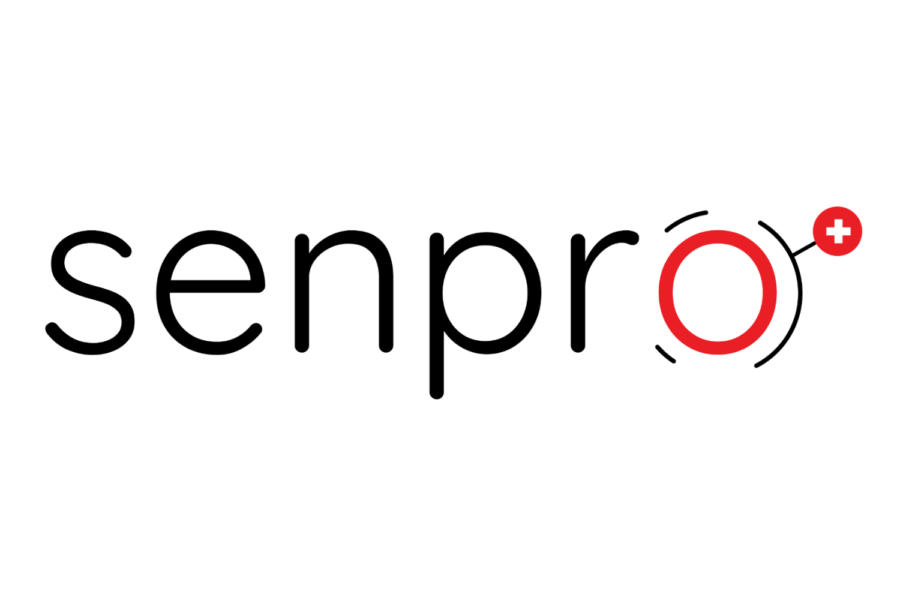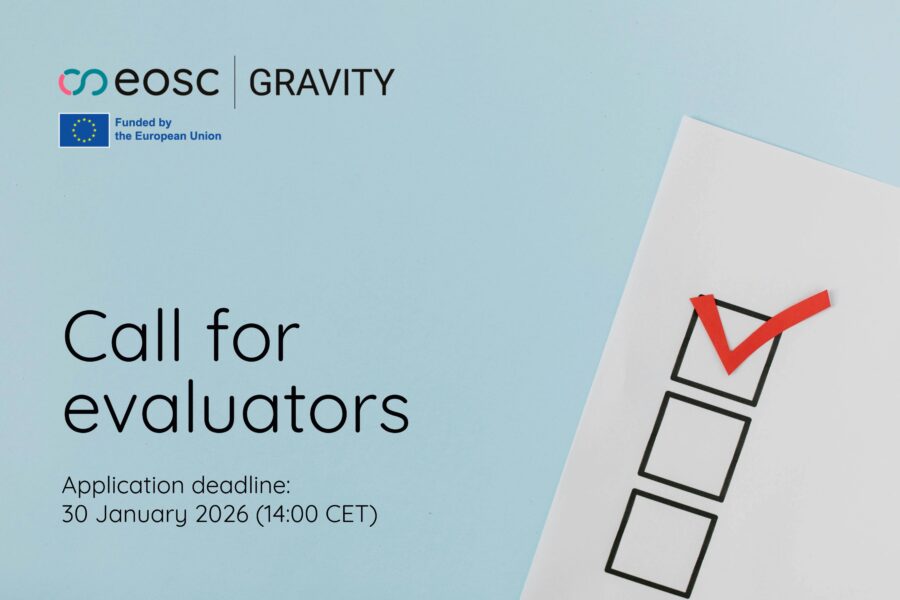With the establishment of the EOSC Association on 11 September 2020 and the election of a board of directors and a president on 17 December 2020, EOSC is entering a new “convergence phase.” The EOSC Association is so far made up of 142 members and 49 observers, who are research providing organisations, research funders, service providers, and other related organisations. The President of the Association Karel Luyben was interviewed this week about the future of the European Open Science Cloud by Science|Business.
Professor Luyben spoke about the importance of FAIR (Findable, Accessible, Interoperable, Reusable) data principles, to ensure that all data can be useful for the purposes of research. The next step is to make sure that there is an EOSC open standard for accessing this data across many different federated repositories, or EOSC Core.
At the Core of all this, you can make data into small particles – packages. You encapsulate those, you develop a standard, and then you can send them around, share them and combine them again. If it is done using the FAIR principles, then the right software in our machines is needed to make all this possible
A €35 million procurement call for building the this EOSC Core is foreseen for 2022, aiming to be completed by 2024.
The transformation of the EOSC vision was also discussed. The idea for a Europe-wide open science cloud was first proposed in 2015. But the original idea has evolved over the last 6 years. Now, all four words technically don’t fully represent what EOSC has become:
First, the cloud will not exclusively serve Europe, but rather aim to connect research data around the world once the European structure is set up. Second, it will not be about open data, as some data cannot be open. It will have to be FAIR. Third, it will not be limited to science; it will give access to all sorts of information. Fourth, it is not a cloud storing information in a few big datacentres but rather a network connecting repositories and data storage facilities around the world.
Read the full article




